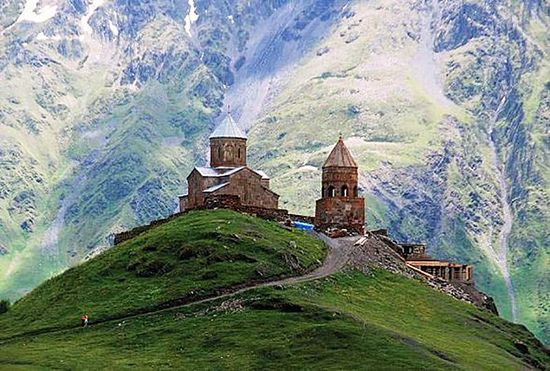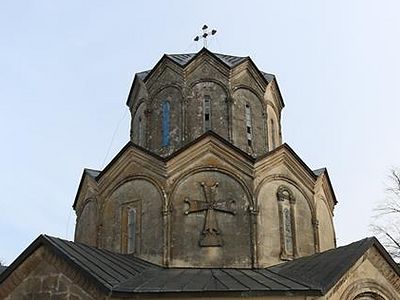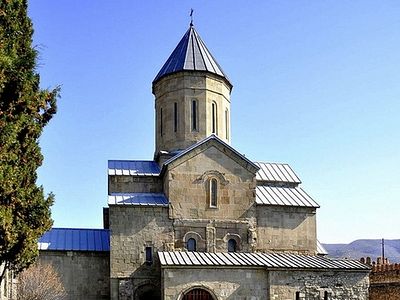Moscow, March 7, 2017
A project for 100% renewable energy for Georgian monasteries has been launched by the EU-funded Civil society Local Energy Efficiency Network (CLEEN) and the Climate Action Network to solve the energy supply problem for two monasteries located in remote mountainous regions, reports Georgia Online.
There are still many remote villages, churches, and monasteries throughout mountainous Georgia, many without access to electricity, gas, and water, or they do not have enough money to pay for energy. As Georgians have great respect for the Church, the hope is that solar-powered monasteries will give an impetus to broader renewable energy development.
There are 250-280 sunny days in the majority of Georgian regions, which amounts to 6,000-6,780 hours a year. Thus, the yearly potential for solar energy in Georgian is estimated at 108 MBt, equivalent to 34,000 tons of conventional fuel.
“This is a remarkable initiative, important not only for providing energy to monasteries, but also for the problem of climate change. A full transition to renewable sources of energy before mid-century is essential for saving the planet’s climate,” says Irina Stavchuk, coordinator for Climate Action Network in Eastern Europe, the Caucasus, and Central Asia.
Civil society activists are currently developing a technical task for optimizing energy consumption, taking into account the needs of several monasteries throughout Georgia’s high mountainous regions.




